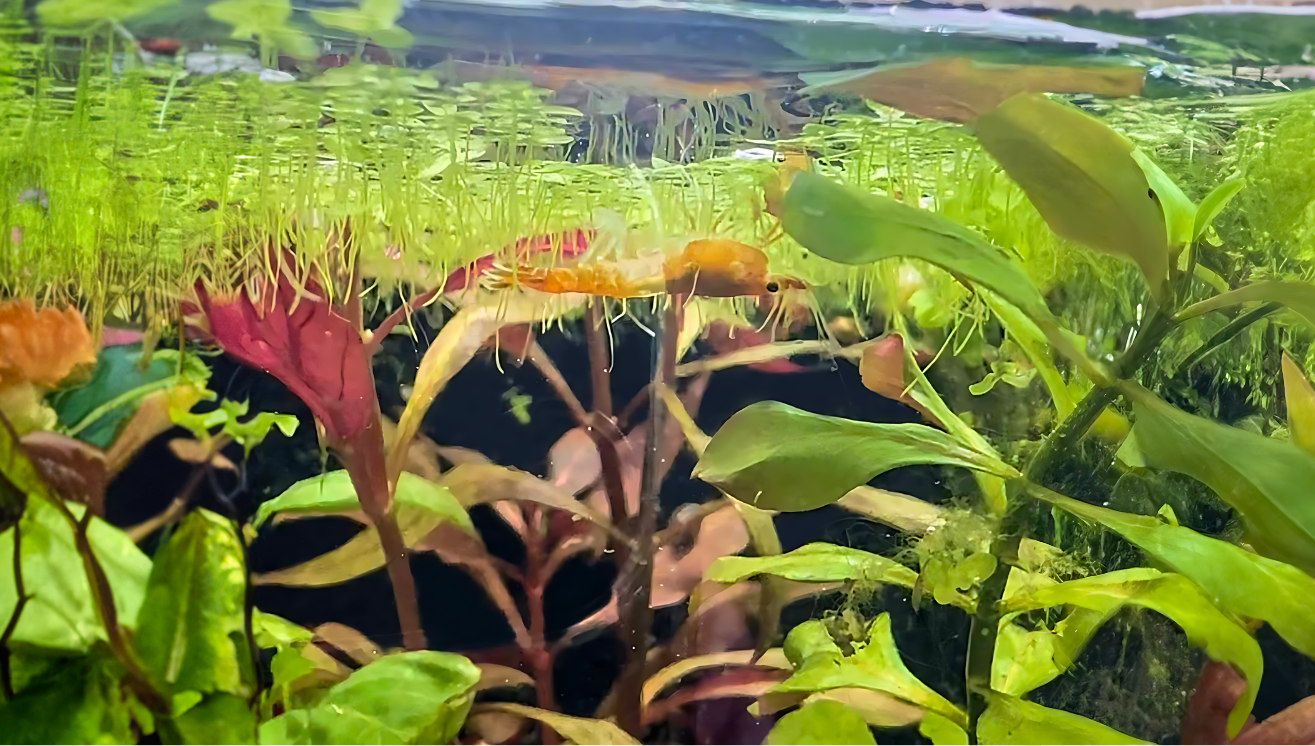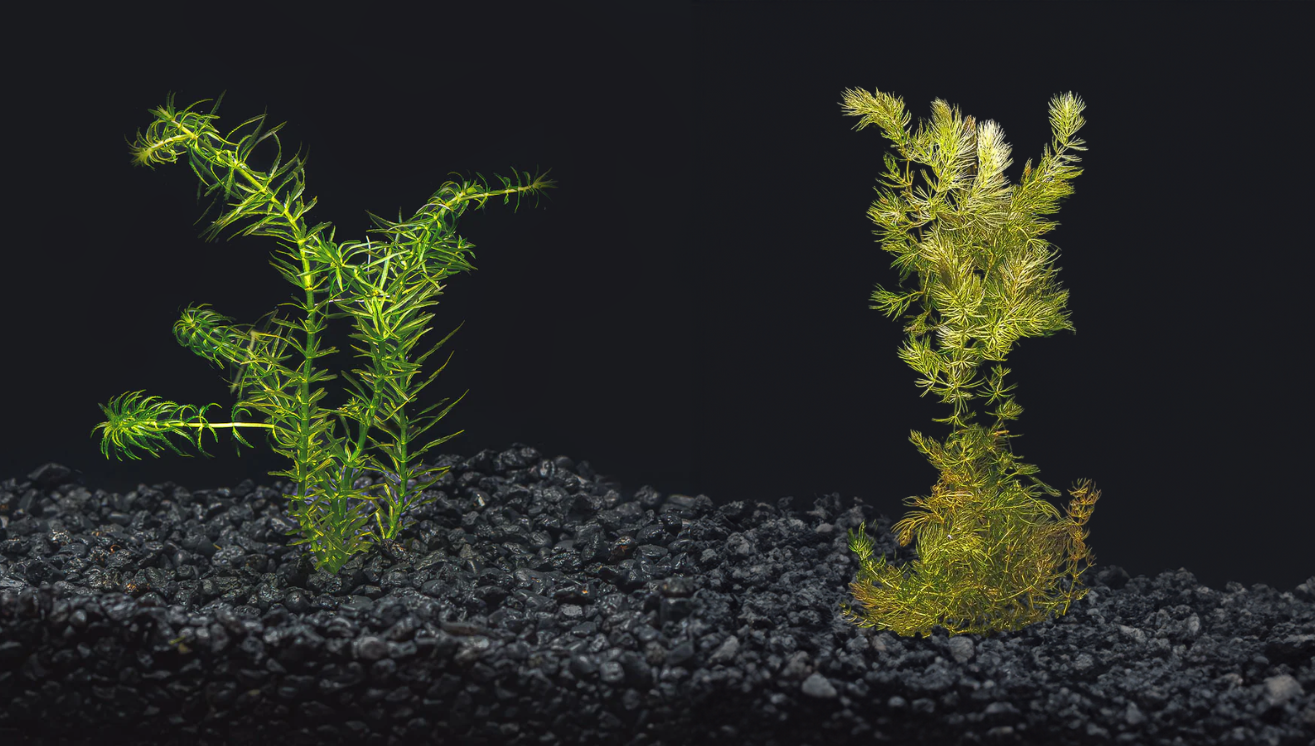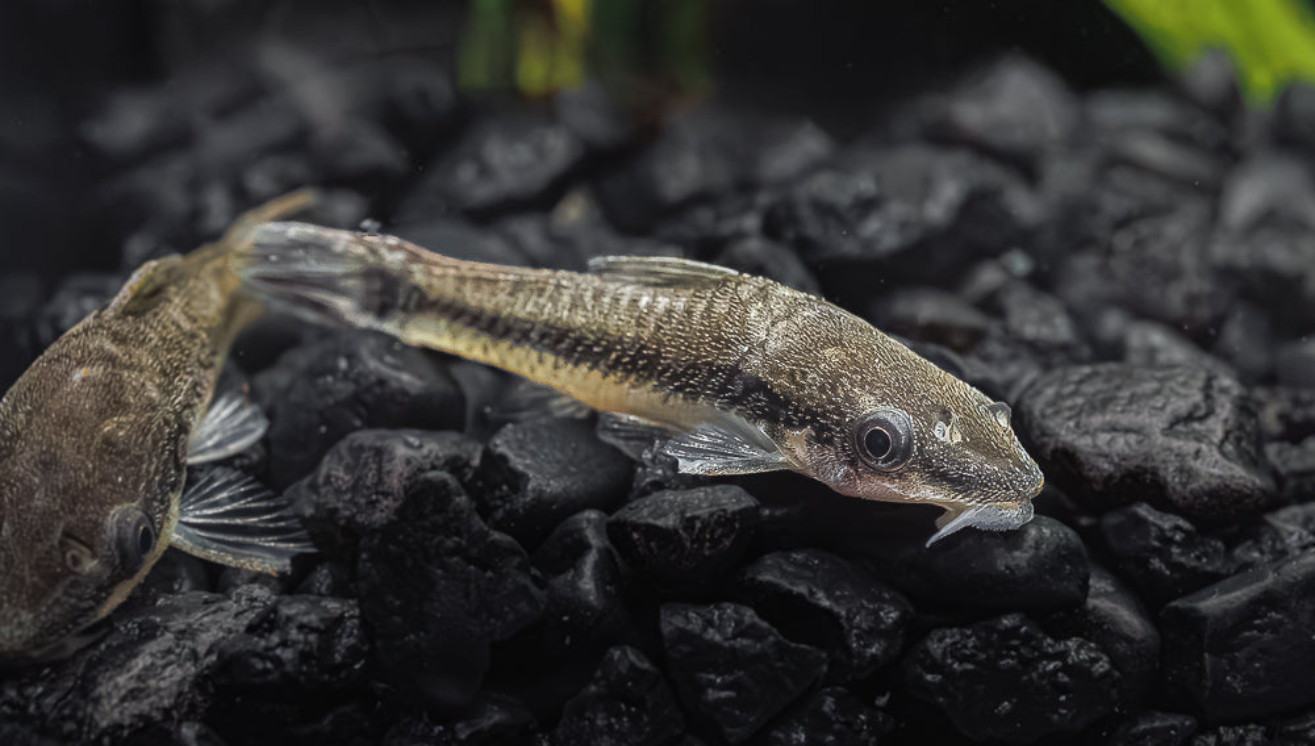Your Cart is Empty
🚚 Flat-Rate FedEx Priority Overnight — Just $26.99 (Limited-Time Special!) | FREE over $200
🚚 Flat-Rate FedEx Priority Overnight — Just $26.99 (Limited-Time Special!) | FREE over $200
🚚 Flat-Rate FedEx Priority Overnight — Just $26.99 (Limited-Time Special!) | FREE over $200
by Brooke Lees September 13, 2024 3 min read

When it comes to aquascaping for shrimp tanks, duckweed often gets overlooked or dismissed as a nuisance. However, this tiny floating plant can provide numerous benefits for your shrimp and the overall health of your aquarium. From helping maintain water quality to providing natural food and shelter, duckweed may be the perfect addition to your shrimp tank. Let’s dive into the many ways duckweed can benefit your shrimp and enhance their environment.

One of the standout benefits of duckweed is its ability to absorb excess nutrients in your aquarium, particularly nitrates and phosphates. Shrimp tanks, like any aquatic setup, can accumulate waste over time, leading to increased levels of these nutrients. Left unchecked, high nitrate levels can be harmful to shrimp. Duckweed acts as a natural filter, rapidly absorbing these nutrients as it grows, helping to stabilize water parameters. This contributes to a cleaner and healthier environment, reducing the frequency of water changes and promoting overall shrimp well-being.

One of the lesser-known advantages of duckweed is the additional surface area it provides for shrimp to graze on. The roots and underside of the plant can become covered in biofilm—a natural food source that shrimp love to forage. As duckweed floats on the water’s surface, shrimp will actively browse, finding a steady supply of biofilm, algae, and microorganisms to feed on. This grazing behavior is essential for shrimp, especially for species like cherry shrimp, as it mimics their natural feeding habits.
Beyond biofilm, duckweed itself can be used as a supplemental food source. Excess duckweed can be removed from the tank, blended into a paste, and dried out to feed your shrimp. Some hobbyists even add spirulina powder to enrich it. While not a complete diet on its own, duckweed offers a nutritious supplement to their primary food sources. Given its fast growth rate, it provides a renewable, low-cost food source that complements your shrimp’s diet.

In addition to its filtration and nutritional benefits, duckweed provides excellent shelter for shrimp, particularly for baby shrimp. Its dense floating mat offers an ideal hiding place, where shrimp can feel safe from potential stressors such as larger tankmates or strong water currents. Shrimp, especially juveniles, are more likely to thrive when they have secure hiding spots, reducing stress and increasing survival rates.
For shrimp breeders, this is a major advantage. Baby shrimp can hide among the floating duckweed, where they feel secure and less vulnerable. This natural cover not only protects them from predators but also provides ample grazing opportunities, ensuring they get the nutrients they need during critical growth stages.

Another remarkable benefit of duckweed is its ability to outcompete algae for light and nutrients. Algae blooms can be a common issue in aquariums, especially with high nutrient levels. Since duckweed absorbs these nutrients so efficiently, it deprives algae of the resources they need to grow, keeping algae under control. This creates a more balanced ecosystem, where your shrimp tank remains clear of unsightly algae and your shrimp can thrive without the negative impact of algae overgrowth.
By keeping algae at bay, duckweed also helps maintain a visually appealing tank. While shrimp do eat some algae, too much can overwhelm the system, clog filters, and coat surfaces. Duckweed acts as a natural competitor, preserving balance and ensuring a healthy, attractive environment.
While duckweed may have a reputation for being invasive, its benefits in a shrimp tank far outweigh the potential downsides. Its ability to absorb excess nutrients and improve water quality makes it a natural filtration system, while its rapid growth provides a steady supply of grazing areas and supplemental food for your shrimp. Duckweed’s role in offering shelter for baby shrimp and controlling algae makes it a versatile and beneficial plant for any shrimp aquarium.
Incorporating duckweed into your shrimp tank can transform the environment, making it healthier and more balanced for your shrimp to thrive. If you’ve been hesitant about adding duckweed, now’s the perfect time to give it a try—it may just become the secret weapon for your aquarium’s success.
Comments will be approved before showing up.

by Brooke Lees October 04, 2024 2 min read
Aquarium plants do much more than add beauty to a tank, they help maintain water quality and provide natural shelter for your aquatic pets. Among the many available options, Hornwort and Anacharis stand out for their versatility, ease of care, and benefits to aquarium ecosystems. Let’s dive deeper into the differences and similarities between these two popular plants.

by Brooke Lees September 20, 2024 2 min read

by Brooke Lees September 06, 2024 1 min read
When it comes to keeping snails in your aquarium, Mystery snails and Nerite snails are both very popular choices, each bringing their own benefits to a tank. However, if you’ve noticed eggs in your tank, you might be wondering...